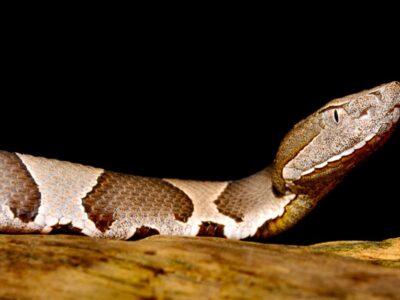West Virginia has long promoted itself as “wild and wonderful,” and there are good reasons for that. Known as the “Mountain State” and the “Switzerland of America,” West Virginia is home to spectacularly scenic mountains, valleys, and rivers.
The Allegheny mountains provide a rugged backdrop to thousands of mountain streams and lakes. Forests cover more than 75% of the state.
These forest trees range from hardwoods like oak, yellow poplar, and maple, to softwoods like loblolly pine, white pine, and spruce. The forests also have sycamores, chestnuts, elms, and dogwoods.
Wild Animals in West Virginia
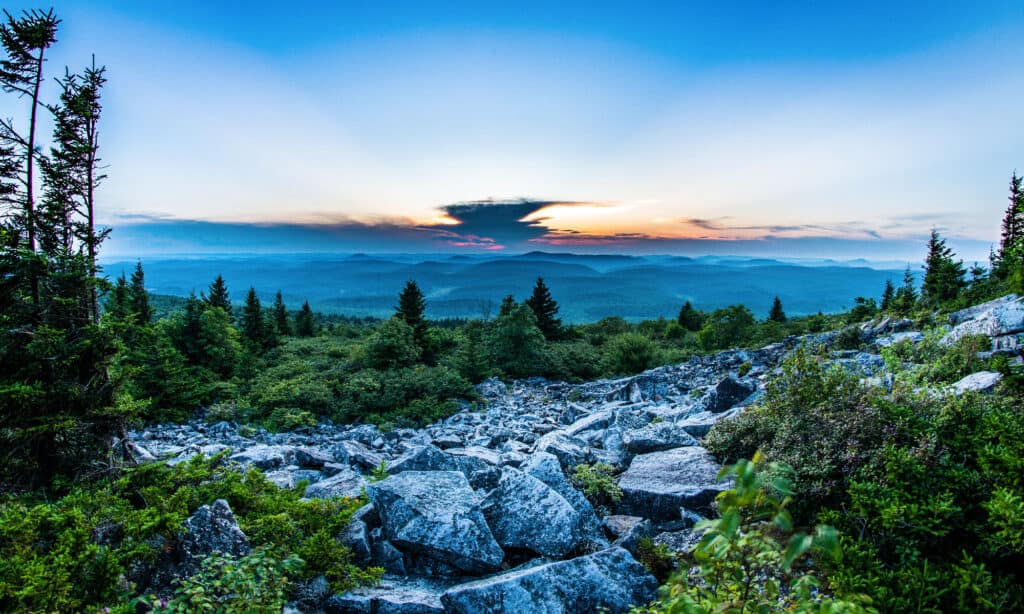
The golden delicious apple was discovered in West Virigina.
©J Paulson/Shutterstock.com
The state of West Virginia is renowned for its scenic natural landscape and thriving wildlife population. With its picturesque Appalachian Mountains terrain, verdant forests, and rapid waterways, the region is teeming with a wide variety of fauna.
These wild landscapes are home to many animals, including:
- 72 mammals, including 14 bat species.
- 39 reptiles, including 20 snake species, 13 turtle species, and 6 lizard species.
- 352 bird species, including 65 of the rarest bird species.
- One marsupial species: the Virginia opossum (Dedelphis virginiana).
- Many shrews, moles, and rodents.
- Two feral swine species: wild pigs and wild boars.
The most common animals you’re likely to see are rabbits, gray foxes, spiders, opossums, skunks, raccoons, black bears, ticks, white-tail deer, and squirrels. Eastern coyotes, red foxes, deer, ermines, and weasels live all over the state.
The mountain streams are home to trout, walleyes, perches, bluegills, and catfish.
Rarest Animals in West Virginia

Virginia big-eared bat is one of the rarer animals found in West Virginia.
©Larisa Bishop-Boros / CC BY-SA 3.0 – License
West Virginia is home to a diverse array of wildlife, from common species like white-tailed deer and raccoons to rarer creatures like the Virginia big-eared bat and Eastern hellbender. In fact, the state’s unique geography and natural resources make it a haven for several endangered or threatened animals.
Here is a short list of some of the rarest animals in West Virginia:
- Virginia big-eared bat
- Indiana bat
- West Virginia northern flying squirrel
- Eastern hellbender
- Bog turtle
- Red-cockaded woodpecker
- Cerulean warbler
- Rusty patched bumblebee
- Cheat Mountain salamander
- Cow Knob salamander
Largest Animals in West Virginia
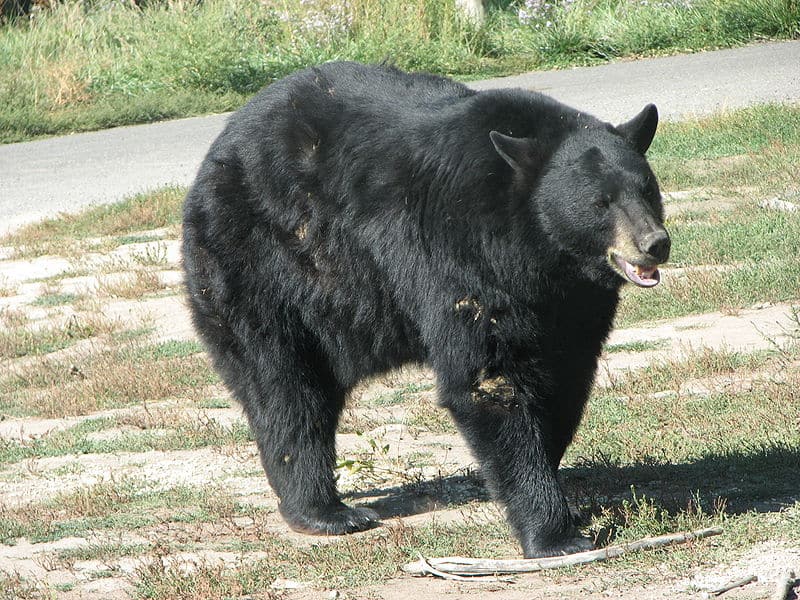
Black bears are common in the state of West Virginia. Adult male black bears can weigh up to 600 pounds, while females typically weigh between 100-300 pounds
©cs: User: DaBler, CC BY-SA 3.0, via Wikimedia Commons – License
West Virginia is a state known for its rugged mountains, dense forests, and abundant wildlife. From black bears to white-tailed deer, the state is home to a variety of large mammals. However, some of the largest animals in West Virginia might surprise you.
Here is a short list of the largest animals that can be found in this rich state:
- Black bear: adult males can weigh up to 600 pounds, while females typically weigh between 100-300 pounds
- White-tailed deer: adult males can weigh up to 300 pounds, while females typically weigh between 90-200 pounds
- Elk: adult males can weigh up to 700 pounds, while females typically weigh between 400-500 pounds
- Coyote: adult males can weigh up to 45 pounds, while females typically weigh between 30-35 pounds
- Bobcat: adult males can weigh up to 40 pounds, while females typically weigh between 15-30 pounds
- Wild boar: adult males can weigh up to 300 pounds, while females typically weigh between 100-200 pounds
- Gray wolf: adult males can weigh up to 150 pounds, while females typically weigh between 80-100 pounds
The Official Animal of West Virginia

Cheat Lake has a swimming beach, biking trails, hiking trial and plenty of fishing platforms.
©Tara Ballard/Shutterstock.com
West Virginia’s official state animal is the black bear (Ursus americanus).
The state adopted the black bear as its official state animal in 1973. At that time, black bears were on the verge of becoming extinct. Since then, conservationists have seen the bear population grow. Today, black bears live in 55 counties of West Virginia and are no longer considered endangered.
Black bears typically measure less than six feet in length and stand at a height of two to three feet at the shoulder. While adult male black bears usually weigh between 150 to 450 pounds, there have been some records of West Virginia black bears weighing over 600 pounds.
Adult female black bears can weigh anywhere from 100 to 300 pounds, with variations in weight being influenced by their nutrition during the period of rapid growth in their early years.
Where To Find the Top Wild Animals in West Virginia
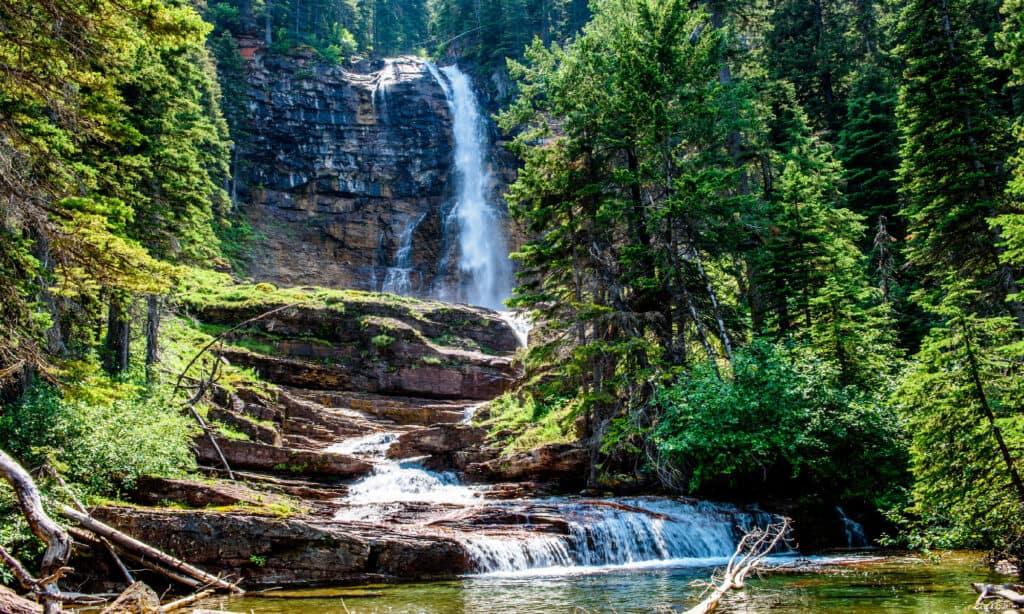
©iStock.com/Tim Speer
West Virginia is a popular tourist attraction for visitors who want to experience outdoor activities in a wild setting where the chances to see wildlife are high.
There are more than 35 state parks in West Virginia. These are the most common places to see West Virginia’s native animals:
- The world-famous Appalachian Trail, a 2000-mile-long public hiking trail, runs through West Virginia. This scenic trail is a wonderful place to see strange birds, foxes, raccoons, bears, rodents, and other wild animals. It’s definitely one of the best choices for camping in West Virginia!
- The New River Gorge National Park protects more than 70,000 acres surrounding the New River, a rugged mountain stream. Like many rivers in West Virginia, it has strong rapids and powerful currents.
- Monongahela National Forest is one of the largest hardwood tree preserves in the U.S
- The state’s Department of Natural Resources has its own wildlife center, where you can see native animals in a park-like, natural zoo. A guided, wheelchair-accessible trail allows you to see native animals in their natural habitat.
In these scenic parks, you are likely to see common mammals like chipmunks, squirrels, and wolves. Amphibians and reptiles you may see include eastern milk snakes (Lampropeltis triangulum), northern red salamanders (Pseudotriton ruber), and spring peepers (Pseudacris crucifer), the much-loved frogs common to many eastern states.
You can spot many birds in West Virginia, including great blue herons (Ardea herodias), Carolina wrens (Hryothorus ludovicianus), eastern screech owls (Megascops asio), and ruby-throated hummingbirds (Archiloshus colubris). Many strange, sought-after birds live in West Virginia, including Kirtland’s warbler, one of the rarest birds in the world, and the cerulean warbler, a beautiful, rare songbird.
The Most Dangerous Animals in West Virginia

The black-bear is the state animal of West Virgina.
©Birdiegal/Shutterstock.com
West Virginia offers a sanctuary for individuals who cherish nature and engage in outdoor activities, due to its scenic terrains and rich biodiversity.
Nevertheless, amid the captivating splendor of the state, there are some dangerous wild animals that should be avoided.
Here are a few:
- Timber rattlesnake: This snake is prevalent in the forests of West Virginia. It can grow 5 feet long and is extremely venomous. Timber rattlesnakes like to soak up the sun, so be on the lookout on warm, sunny days. Fortunately, these rattlers give you plenty of warning before they bite.
- Black widow spider: With its distinctive black body and red hourglass symbol, the black widow is a dangerous arachnid. It usually lurks in dark outdoor areas.
Despite these and other dangerous animals, the strange fact is that most animal deaths in West Virginia are caused by common insects like wasps and hornets. People with severe insect venom allergies should protect themselves against these biting and stinging insects.
Endangered Animals
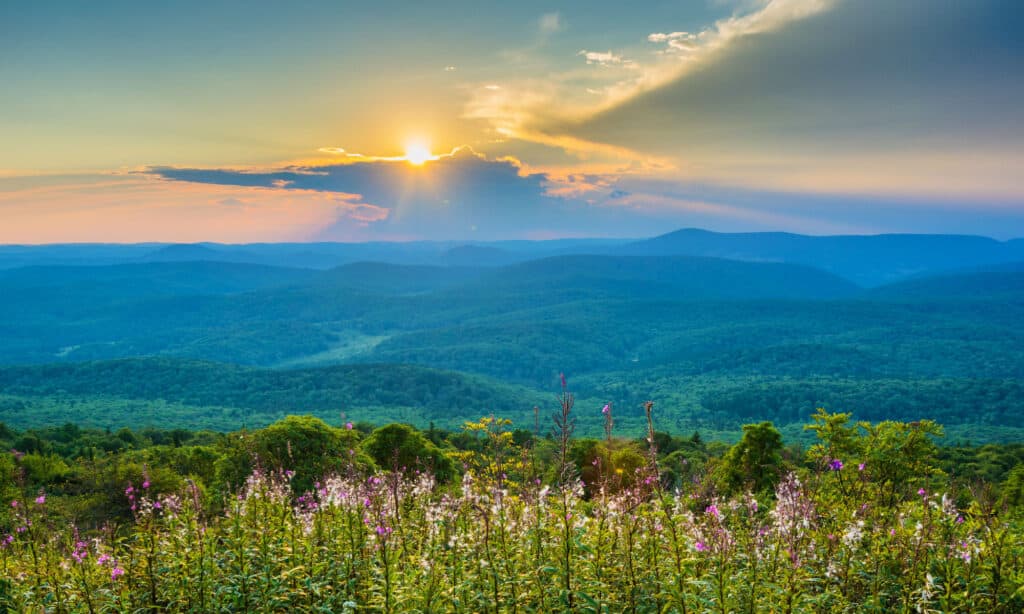
The ruffed grouse is an endangered game bird that lives in West Virginia’s forests. The state’s forests have lots of old-growth trees, but ruffed grouse thrive in a mix of old and new growth.
©Jon Bilous/Shutterstock.com
Although West Virginia has an abundance of natural places, the state also has a history of political hostility to environmental protection.
It has many environmental problems caused by extensive coal mining and other industrial operations. In recent decades, the state has made conservation a priority and increased its reliance on ecological tourism. These conservation measures have reversed some of the damage to the state’s beautiful natural resources.
- The ruffed grouse is an endangered game bird that lives in West Virginia’s forests. The state’s forests have lots of old-growth trees, but ruffed grouse thrive in a mix of old and new growth. The state has implemented measures to harvest timber from old-growth forests to encourage the new-growth ruffed grouses and other wildlife species need.
- Butterflies are becoming endangered in many states. The gorgeous monarch butterfly has seen population losses of over 90% in the eastern U.S. West Virginia has teamed with other states to encourage mass planting of milkweed plants, which are the monarch butterfly’s preferred plants for feeding and nesting. West Virginia has three native milkweed species.
- Cougars once lived in West Virginia, but they became extinct in the state in 1900. In recent years, there have been confirmed cougar sightings in West Virginia. The animal is listed as endangered in the state.
- White-nose syndrome is a strange bat disease that has caused major population losses among some bat species. The endangered Virginia big-eared bat (Corynorhinus townsendii virginianus) is one of the rarest bat species in the country. It is native to West Virginia. The state has instituted measures to promote the conservation of this and other bat species.
A Wild and Wonderful State for Animals
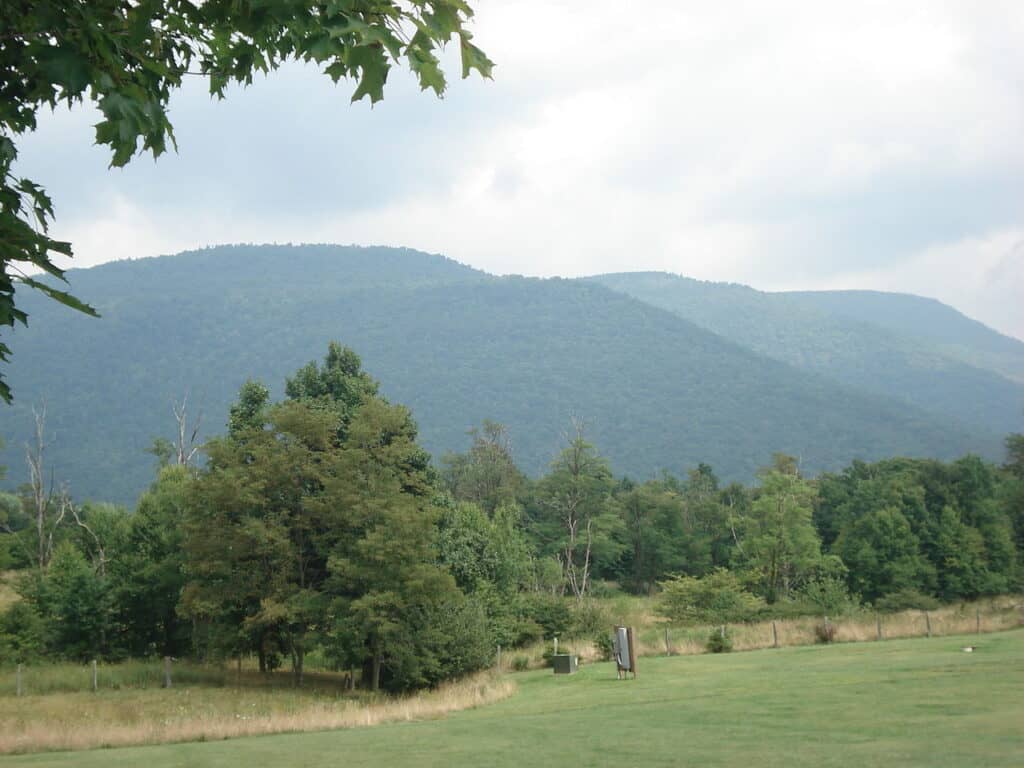
West Virginia is known for its scenic mountains, magnificent forests, and rugged streams.
©Valerius Tygart / Creative Commons – License
West Virginia is known for its scenic mountains, magnificent forests, and rugged streams. These natural ecosystems provide shelter for large numbers of wildlife, birds, and reptiles.
As a popular tourist destination for wildlife lovers, the state has a strong chance to preserve its many wild, beautiful places.
Here is a list of animals found in West Virginia:
- Black Bear
- White-tailed Deer
- Coyote
- Eastern Gray Squirrel
- Raccoon
- Wild Turkey
- Red Fox
- Eastern Cottontail Rabbit
- American Robin
- American Crow
The Flag of West Virginia
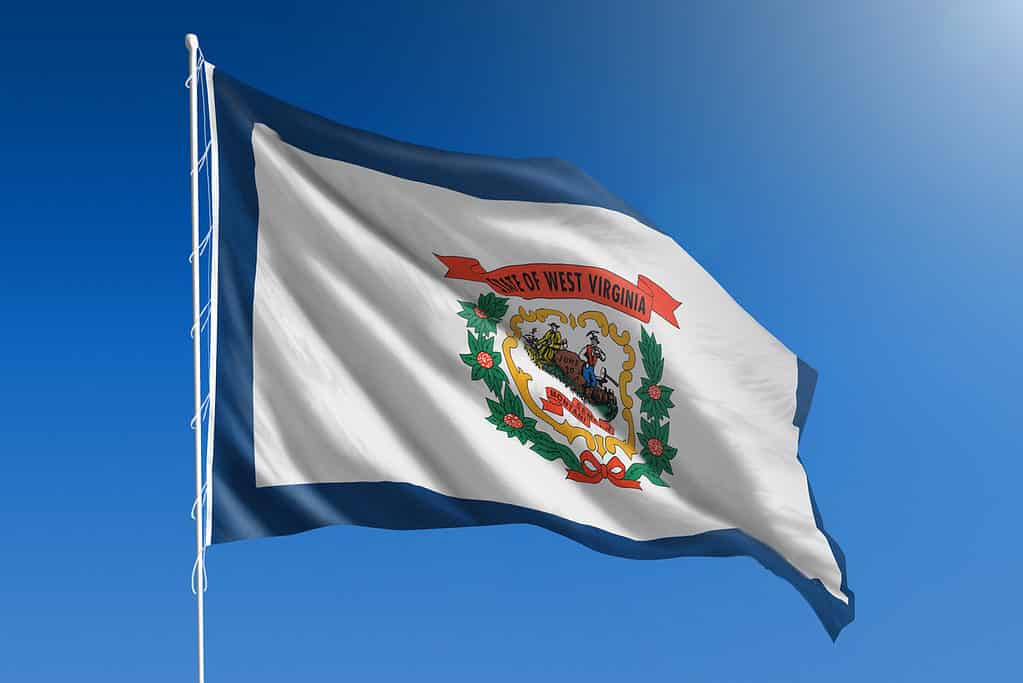
The flag of the state of West Virginia. “Take Me Home, Country Roads” is also the state song.
©iStock.com/Derek Brumby
The flag of West Virginia has a white field with a blue border surrounding the edges. The flag’s center houses the state’s coat of arms, which is surrounded by the rhododendron (the state flower), and on top of the seal is a ribbon with “State of West Virginia” written on it.
Here are a few facts about the flag of West Virginia:
- The West Virginia flag was officially embraced in 1929.
- It consists of a white background, a blue border, and the state’s coat of arms at the center.
- The two male figures on the flag represent the agricultural and industrial sectors, and the tree and rock signify the state’s rough terrain and natural wealth.
Largest Forest in West Virginia
The largest forest in West Virginia is Monongahela National Forest spanning more than 919,000 acres and covering nearly 7 percent of the state. Monongahela National Forest is home to an abundance of wildlife such as black bears, coyotes, white-tailed deer, red foxes and more. For outdoor enthusiasts it provides over 800 miles of hiking trails across a variety of landscapes throughout the forest.
Birds in West Virginia
Imagine walking through lush forests and peaceful meadows, listening to birds’ sweet melodies, and watching elegant dances in the sky. Whether you’re a birdwatcher or just love being outdoors, West Virginia is the destination to spot amazing birds! You’ll be amazed by the state’s wide variety of feathered friends!
West Virginian Animals

Admiral Butterfly
Stunningly beautiful wings
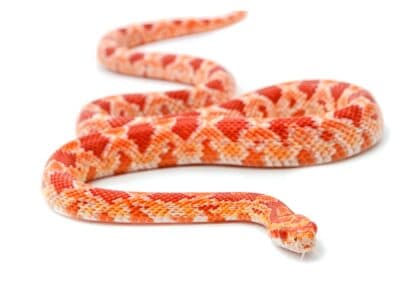
Albino (Amelanistic) Corn Snake
Albino corn snakes make great beginner snakes.
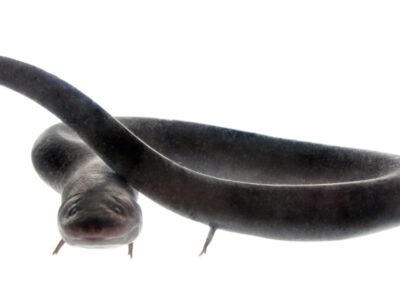
American Eel
Don't eat raw eel! Their blood is poisonous to humans when consumed raw.

Armyworm
They are so named because they "march" in armies of worms from one crop to another in search of food
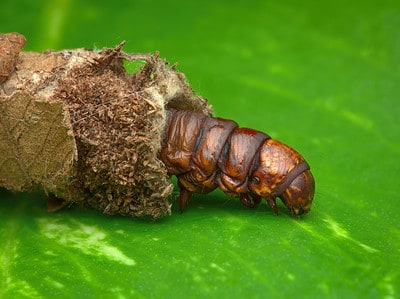
Bagworm Moth Caterpillar
They continually enlarge their protective cases

Beewolf wasp
They hunt bees

Brook Trout
The Brook Trout is actually part of the salmon family, making it not technically a trout.

Common Yellowthroat
The Common Yellowthroat stays close to the ground and uses stealth to survive!
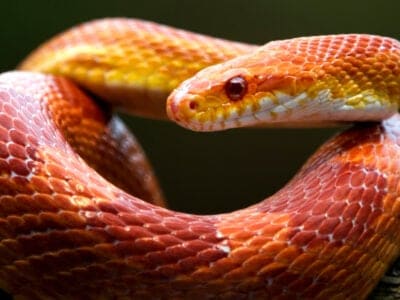
Corn Snake
Corn snakes are partly arboreal and are excellent climbers.
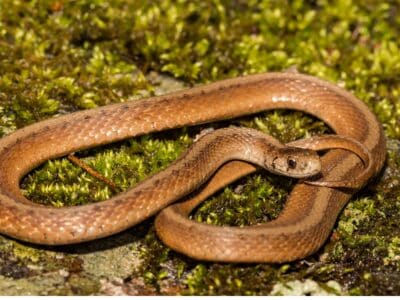
De Kay’s Brown Snake
They have specialized jaws for removing snails from shells.

Eastern Box Turtle
When injured or damaged, the shell of the eastern box turtle can regenerate
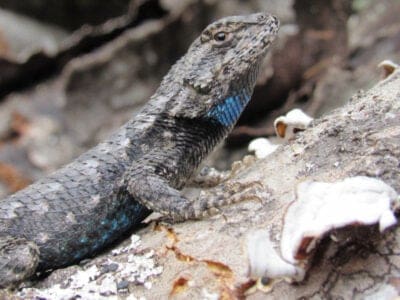
Eastern Fence Lizard
Females are usually larger than males.

Eastern Hognose Snake
Eastern hognose snakes are venomous, but only to frogs and toads.

Flea
Adult fleas can jump up to 7 inches in the air
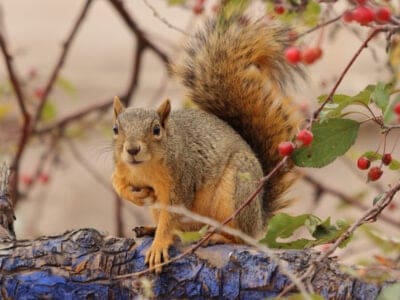
Fox Squirrel
Although it is a tree squirrel, it spends most of its time on the ground.

Groundhog (Woodchuck)
They whistle to each other to warn of approaching danger!

Jackrabbit
They can run as fast as 45 mph.

Kentucky Warbler
The Kentucky Warbler appears to wear bright yellow cat-eye glasses!

Mealybug
They have a symbiotic relationship with ants.

Mockingbird
Mockingbirds are incredible mimics that can learn hundreds of songs!
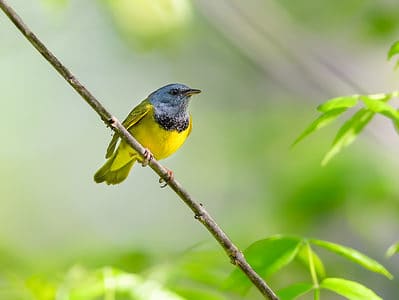
Mourning Warbler
The Mourning Warbler was named for its gray head, which resembles a mourning veil!

Nematode
Nematodes range in size from 1/10 of an inch to 28 feet long

Owl
The owl can rotate its head some 270 degrees
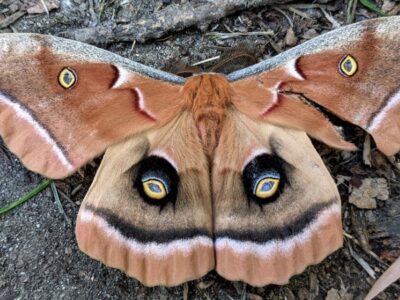
Polyphemus Moth
The Polyphemus moth doesn’t and can't eat, except when it's a caterpillar!

Pygmy Rattlesnake
Pygmy rattlesnakes’ rattle is so small it can only be heard from about three feet away.

Rat Snakes
Rat snakes are constrictors from the Colubridae family of snakes.

Red-Bellied Woodpecker
Red-Bellied Woodpeckers will often steal the nests of other birds.
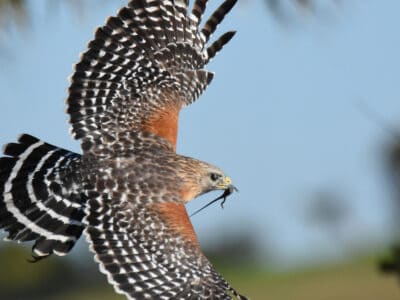
Red-Shouldered Hawk
Red-Shouldered Hawks reuse the same nesting area each year.

Rooster
Will mate with the entire flock!
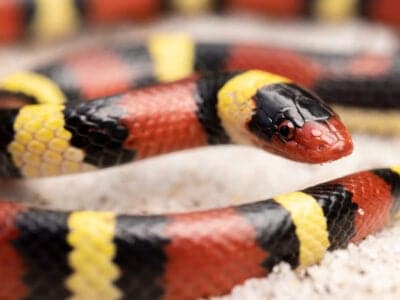
Scarlet Kingsnake
Scarlet kingsnake’s pattern is an example of Batesian mimicry.

Smallmouth Bass
A fierce fighter!

Smokybrown Cockroach
Has up to 45 eggs per egg case
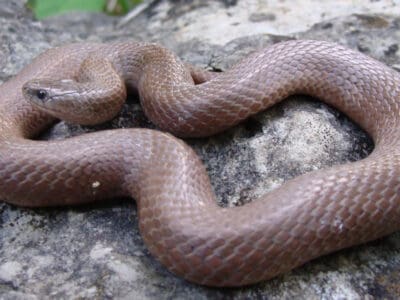
Smooth Earth Snake
Valeria Biddle Blaney (1828-1900) collected the first specimen in Maryland.

Tiger Trout
As tiger trout are sterile, they cannot produce offspring. However, they do have relatively long lifespans and can live up to 10 years in captivity.

Tree Cricket
They make music with their wings
West Virginian Animals List
- Admiral Butterfly
- Agkistrodon Contortrix
- Albino (Amelanistic) Corn Snake
- American Eel
- Armyworm
- Bagworm Moth Caterpillar
- Beewolf wasp
- Brook Trout
- Common Yellowthroat
- Corn Snake
- De Kay’s Brown Snake
- Dire Wolf
- Eastern Box Turtle
- Eastern Fence Lizard
- Eastern Hognose Snake
- Flea
- Fox Squirrel
- Groundhog (Woodchuck)
- Jackrabbit
- Kentucky Warbler
- Mealybug
- Milk Snake
- Mockingbird
- Mourning Warbler
- Nematode
- Owl
- Pine Snake
- Polyphemus Moth
- Pygmy Rattlesnake
- Rat Snakes
- Red-Bellied Woodpecker
- Red-Shouldered Hawk
- Rooster
- Scarlet Kingsnake
- Smallmouth Bass
- Smokybrown Cockroach
- Smooth Earth Snake
- Swallowtail Butterfly
- Tiger Trout
- Tree Cricket
Animals in West Virginia FAQs (Frequently Asked Questions)
What Animals Live in West Virginia?
West Virginia has many of the common animals you’ll find in forested, mountainous eastern states. These include:
- American beaver (Castor canadensis).
- Eastern chipmunk (Tamias striatus).
- North American river otter (Lutra canadensis).
- Red fox (Vulpes vulpes) and gray fox.
- Eastern cottontail rabbit (Sylvilagus floridanus).
- Snowshoe hare (Lepus americanus).
- Bobcat (lynx rufus).
The state does not have many animals you would consider strange or exotic. Its invasive mammals include the wild pig and wild boar populations, which were introduced by pig owners. Fortunately, these wild swine stay in small areas where they can’t cause the environmental damage they cause in other states.
What Predators Are in West Virginia?
West Virginia’s large predators are wolves, foxes, coyotes, bobcats, and cougars. Smaller predators include rodents, shrews, and bats.
Are There Big Cats in West Virginia?
Bobcats and cougars are the only native species of big cat in West Virginia.
Are There Grizzly Bears in West Virginia?
No, West Virginia does not have grizzlies.



